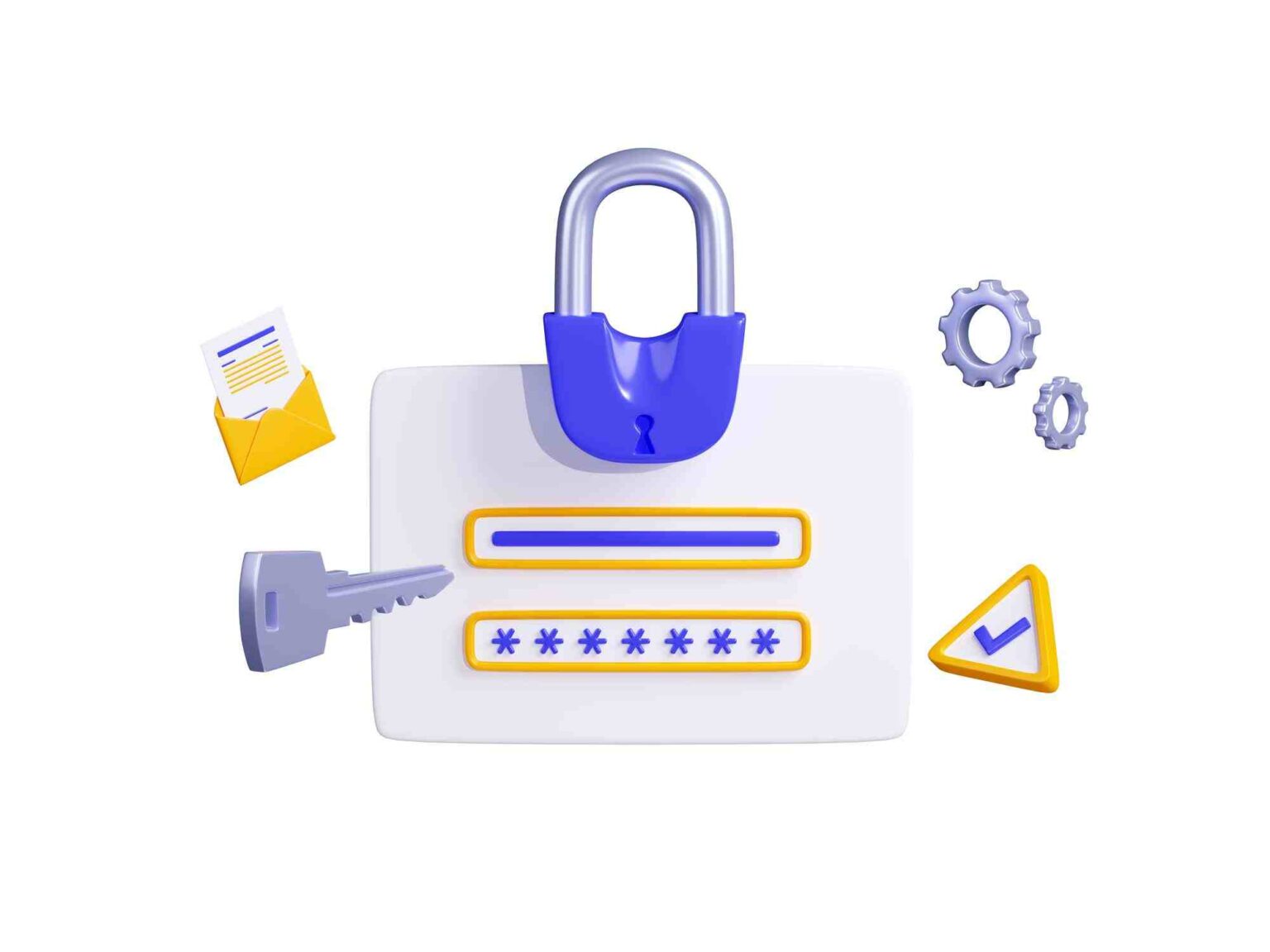Multi-factor authentication (MFA) is a security mechanism that requires users to provide multiple forms of identification to access a system, application, or service. This approach helps to strengthen access controls and authentication mechanisms by requiring users to provide more than just a password or other single form of identification.
Here are some common forms of authentication used in MFA:
- Something you know: This includes passwords, PINs, and other forms of knowledge-based authentication.
- Something you have: This includes physical devices such as smart cards, key fobs, or mobile devices that generate one-time codes.
- Something you are: This includes biometric authentication, such as fingerprint, facial recognition, or voice recognition.
By combining two or more of these forms of authentication, MFA provides a more secure and reliable way of verifying the identity of users. Here are some benefits of using MFA:
- Increased Security: MFA provides an additional layer of security, making it more difficult for unauthorized users to gain access to systems, applications, or services.
- Reduced Risk of Data Breaches: With MFA, even if one factor of authentication is compromised, the other factors still provide a level of security, reducing the risk of data breaches.
- Compliance: Many regulatory frameworks and standards, such as PCI DSS and HIPAA, require the use of MFA to protect sensitive data.
- Improved User Experience: MFA can be configured to provide a better user experience by allowing users to choose their preferred form of authentication.
- Flexibility: MFA can be deployed across a range of systems and applications, providing a consistent and scalable way of strengthening access controls.
MFA can be implemented using a variety of tools and technologies, including smart cards, mobile apps, biometric sensors, and hardware tokens. Organizations should carefully evaluate the different options and choose a solution that meets their specific security and compliance requirements.



